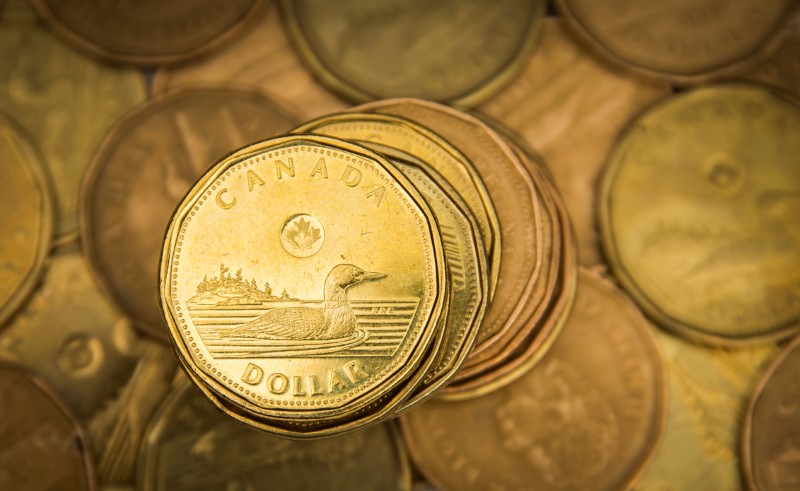TORONTO (Reuters) - The Canadian dollar edged lower against its U.S. counterpart on Wednesday after domestic data showed that inflation rose less than expected in September.
Canada's annual inflation rate held steady at 1.9% in September, falling short of the 2.1% rate that analysts had expected, data from Statistics Canada showed.
Still, the average of the Bank of Canada's three core measures edged up to 2.1% from 2.0%, cementing expectations for the central bank to leave its benchmark interest rate on hold at 1.75% later this month.
At 9:50 a.m. (1350 GMT), the Canadian dollar was trading 0.1% lower at 1.3215 to the greenback, or 75.67 U.S. cents. The currency, which notched a one-month high on Friday at 1.3171 after data showing a second straight month of blockbuster job gains, traded in a range of 1.3194 to 1.3243.
The decline for the loonie came as Wall Street was pressured by worries that legislation targeting the Hong Kong protests would stoke more friction between the United States and China.
Canada is a major exporter of commodities, including oil, so its economy could be hurt by prolonged uncertainty for global trade.
Oil prices rose as investors pinned hopes on a potential Brexit deal between Britain and the European Union and on signals from OPEC and its allies that further supply curbs could be possible. U.S. crude oil futures (CLc1) were up 0.2% at $52.90 a barrel.
Canadian government bond prices were mixed, with the two-year (CA2YT=RR) up 2 Canadian cents to yield 1.679% and the 10-year (CA10YT=RR) falling 1 Canadian cent to yield 1.564%.
On Tuesday, the 10-year yield touched its highest level intraday in nearly one month at 1.577%.
